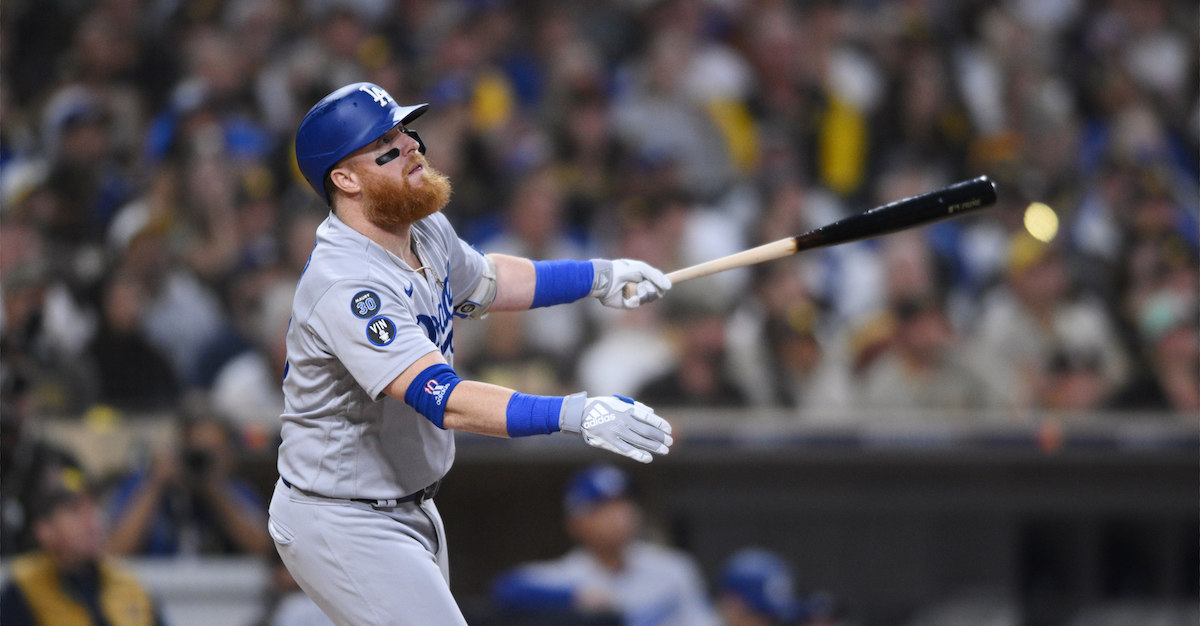2023 ZiPS Projections: Chicago White Sox
For the 18th consecutive season, the ZiPS projection system is unleashing a full set of prognostications. For more information on the ZiPS projections, please consult this year’s introduction and MLB’s glossary entry. The team order is selected by lot, and today’s team is the Chicago White Sox.
Batters
Imagine you’ve just built your dream home. You had an architect come up with a custom design that you absolutely loved. You hand selected the building materials, from the hardwood floors to the Spanish tiles in the roof. You’re ready to move into your endgame house! But wait, almost forgot, you have to furnish the house too, huh? OK, let’s head down to Crazy Joe’s Discount Furniture and find four dining room chairs without cigarette burns. The maroon couch behind the abandoned Caldor next to the bowling alley that still uses a sign from 1973 looks nice. I’m sure the smell will come out of that Craigslist mattress, and it’s not like you need all of the springs.
The White Sox did so many things well while building up the team, but they face-planted as soon as it was time to compete. Once the fun began, the discipline in the team’s decision-making disappeared. Want the 1980s manager for no reason? Sure! Need to solve the problem of two of your best young bats both essentially being designated hitters? Split the difference and have neither of them be the DH! Surely all that money you were going to use to sign Manny Machado will go towards other budgetary needs? Nope? Well, you’ve got Leury Garcia. Read the rest of this entry »








